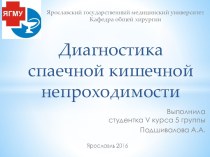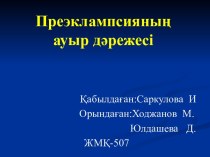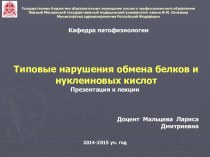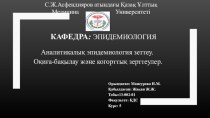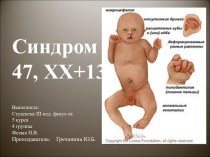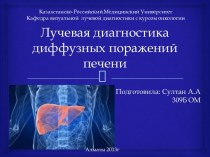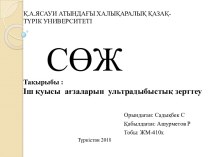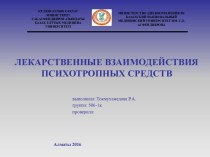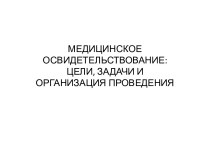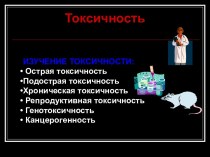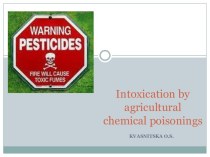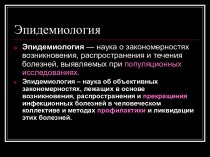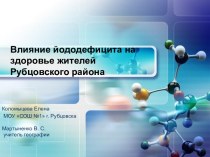- Главная
- Разное
- Бизнес и предпринимательство
- Образование
- Развлечения
- Государство
- Спорт
- Графика
- Культурология
- Еда и кулинария
- Лингвистика
- Религиоведение
- Черчение
- Физкультура
- ИЗО
- Психология
- Социология
- Английский язык
- Астрономия
- Алгебра
- Биология
- География
- Геометрия
- Детские презентации
- Информатика
- История
- Литература
- Маркетинг
- Математика
- Медицина
- Менеджмент
- Музыка
- МХК
- Немецкий язык
- ОБЖ
- Обществознание
- Окружающий мир
- Педагогика
- Русский язык
- Технология
- Физика
- Философия
- Химия
- Шаблоны, картинки для презентаций
- Экология
- Экономика
- Юриспруденция
Что такое findslide.org?
FindSlide.org - это сайт презентаций, докладов, шаблонов в формате PowerPoint.
Обратная связь
Email: Нажмите что бы посмотреть
Презентация на тему General information of children infection’s diseases. Whooping-cough
Содержание
- 2. Infectious diseases Are a group of diseases,
- 3. In children's pathology The infectious diseases draw
- 4. Common clinical peculiarities of modern infectious diseases
- 5. Periods of Infectious Disease Course Clinically, acute
- 6. Incubation period begins from the moment of
- 7. The period of full developmentmaximally marked causative
- 8. Clinical forms The clinical forms of infectious
- 9. Sources of infection patients with clinically marked
- 10. Mode of transmissionthe transmission is by droplet route (measles, rubella, whooping-cough, scarlet fever, epidemic parotitis)
- 11. Mode of transmissionfecal-oral one (dysentery, salmonellosis, typhoid
- 12. Mode of transmissionoccurs in direct entry of
- 13. Susceptibility of population Susceptibility is defined by
- 14. Age peculiarities of immunity formation 1. The
- 15. Differentiated peculiarities infectious disease of the babies
- 16. Preventive measures The nonspecific prevention: includes measures
- 17. Elaborated complex of emergency measures are directed
- 18. Specific prevention Vaccination (groups of diseases where
- 19. TYPES OF VACCINESLive attenuated (oral polio, MMR,
- 20. EVOLUTION OF IMMUNIZATION PROGRAMMESIncidence VaccinecoverageAdverse events(number and/or
- 21. Whooping-cough (H. Pertussis) ETIOLOGYBordet-Gengou bacillus Haemophilia (Bordetella) pertussis Gram-negative Strictly aerobic Resistance is very low
- 22. Epidemiology the source of infection is a
- 23. Pathogenesis The portal of entry of infection
- 24. Because of the frequent and prolonged paroxysms
- 25. Clinical manifestations The incubation period of whooping-cough
- 26. Catarrhal stage is manifested by a moderate
- 27. Paroxysmal stage Paroxysms of coughing develop. The
- 28. Paroxysmal stageThe outward appearance of the patient
- 29. Paroxysmal stageAs a result of frequent paroxysms,
- 30. The ulcer on the tongue results from
- 31. Clinical forms There are three principal forms
- 32. In the moderate form the number of
- 33. Complications respiratory bronchitis and bronchopneumonia bronchopneumonia spontaneous
- 34. THE CIRCULATORY DISORDERS IN THE LUNGS WITH THE GEMORAGIC
- 35. In one year old babies whooping-cough
- 36. Diagnosis clinical course cyclic character, paroxysmal bouts
- 37. TreatmentProperly organized regimen and nursing Cold fresh
- 38. ProphylaxisMeasures to be taken in an epidemic
- 39. Скачать презентацию
- 40. Похожие презентации
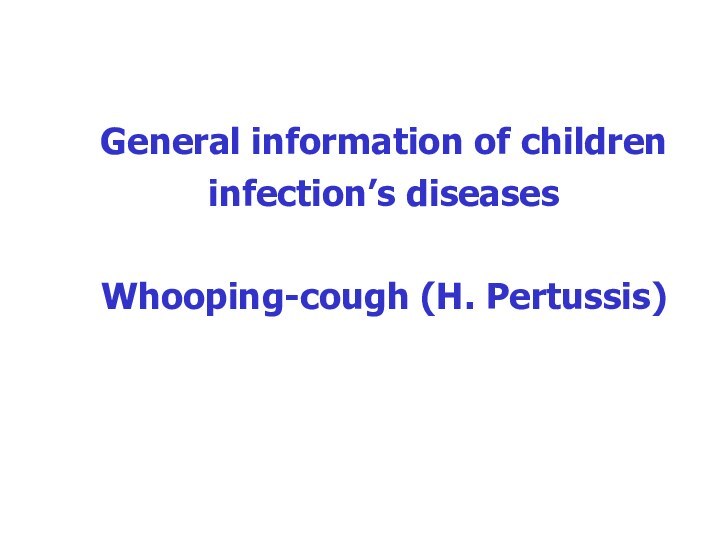
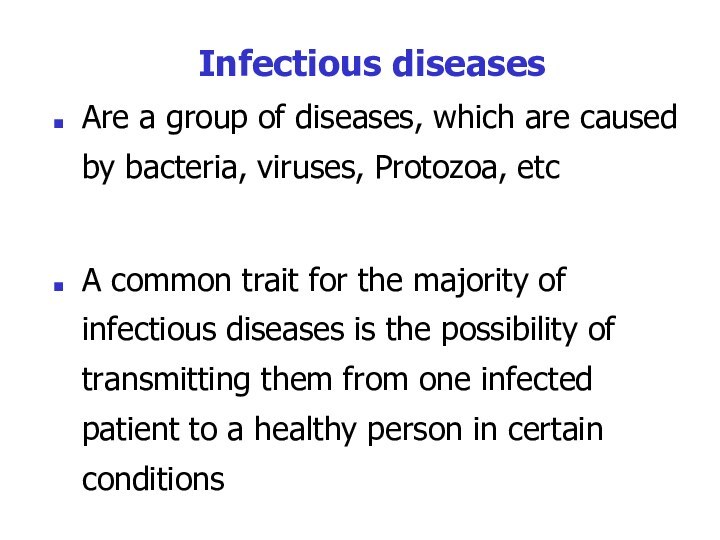
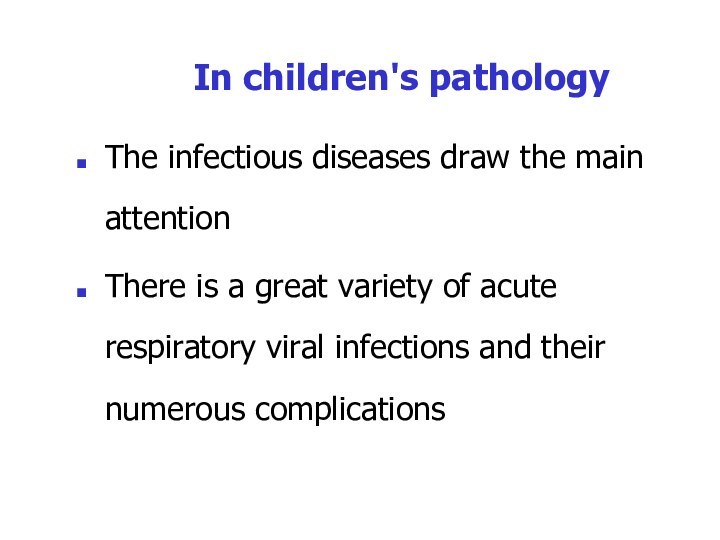
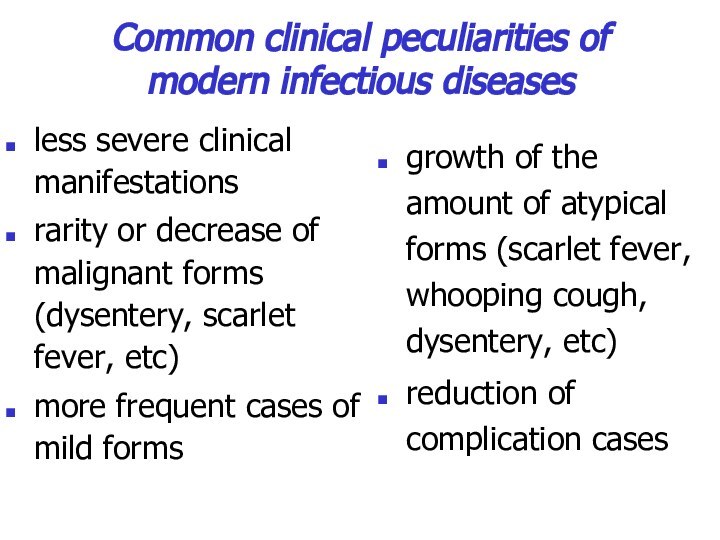
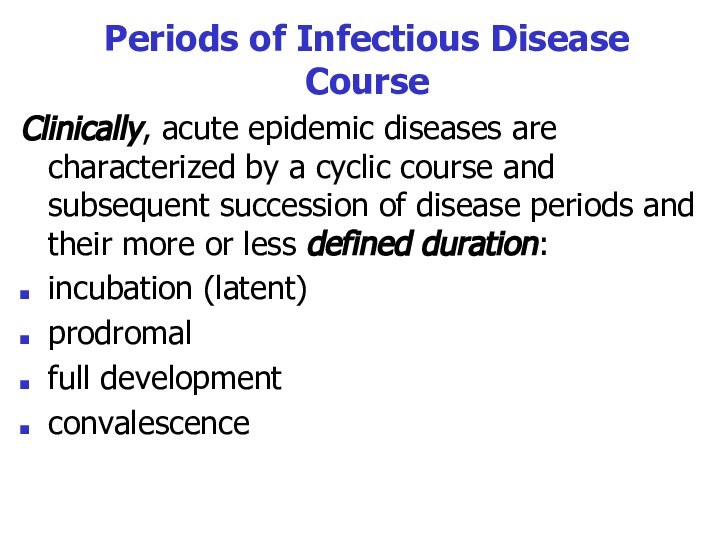
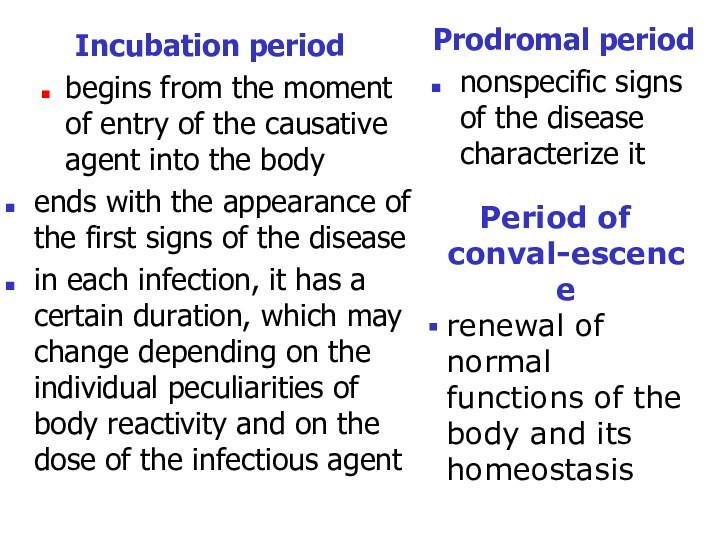
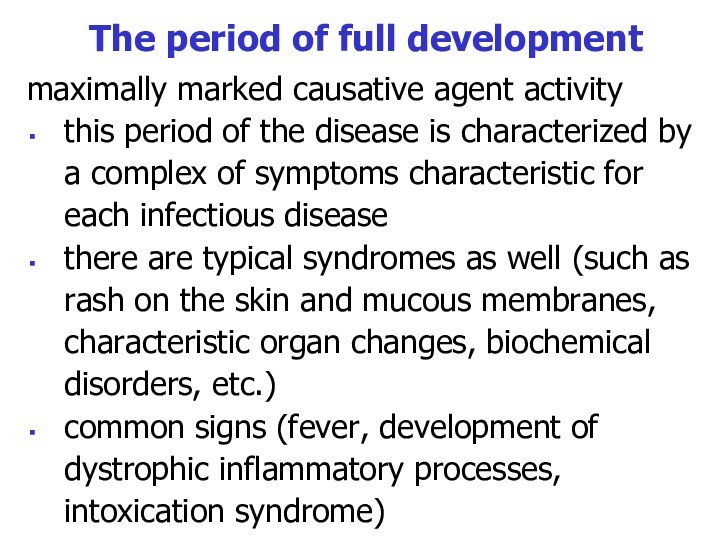

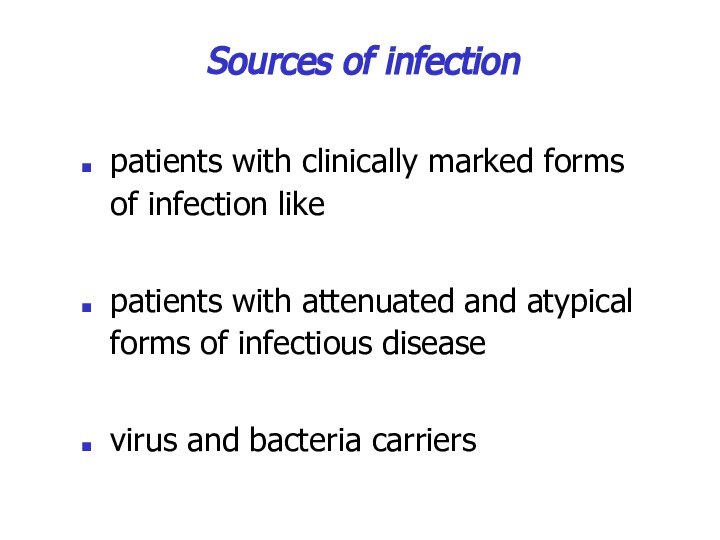
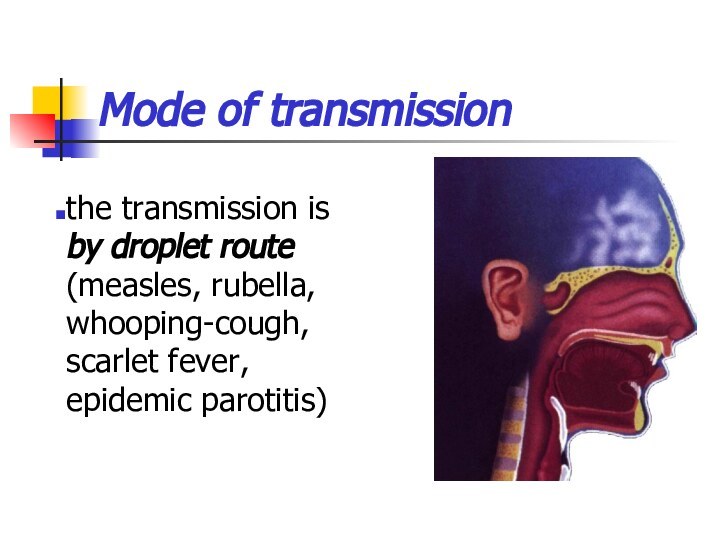
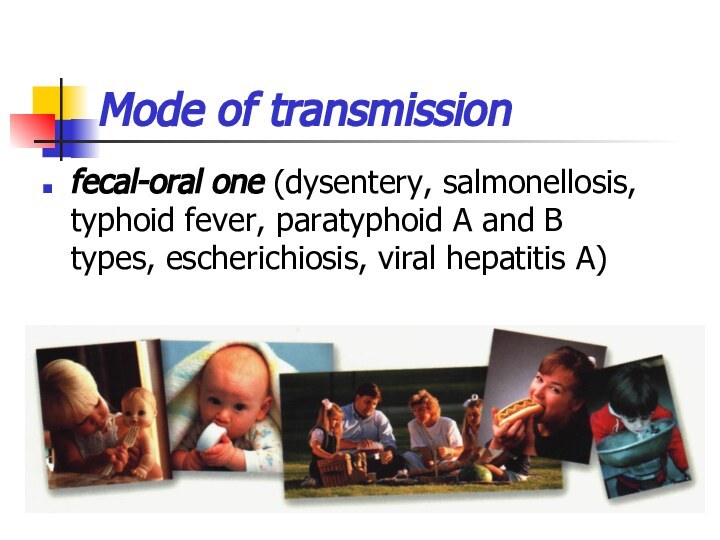
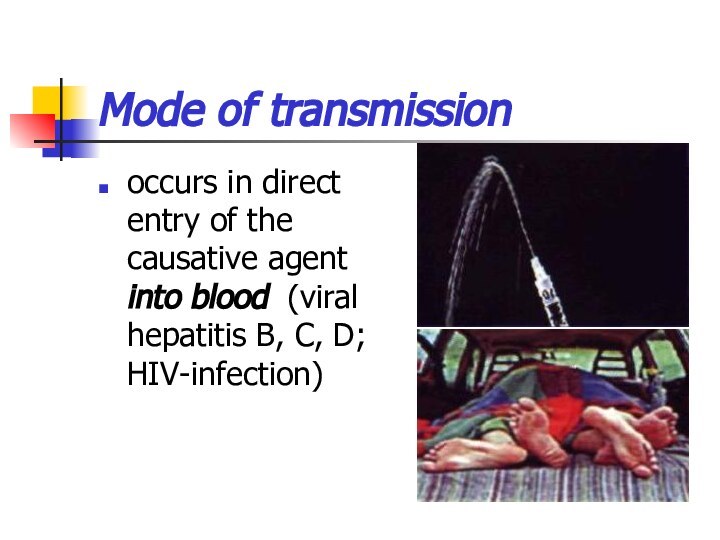
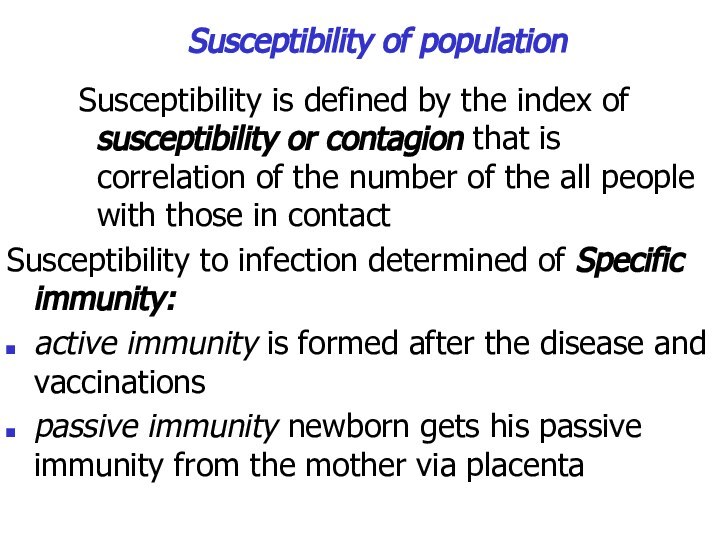
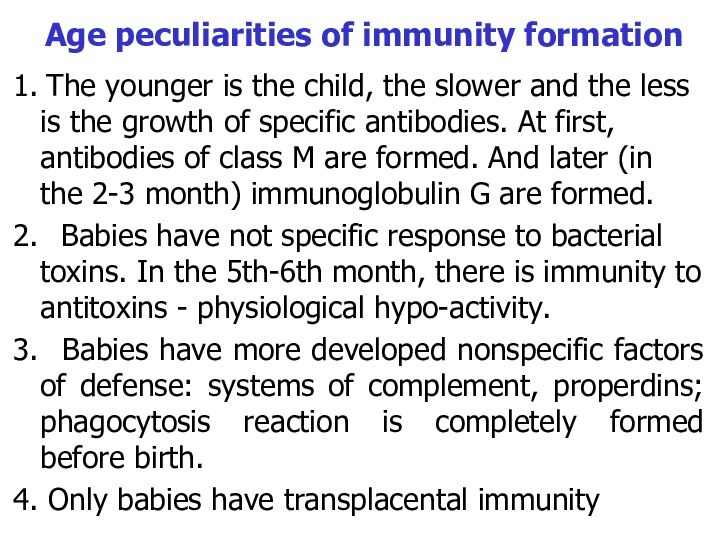

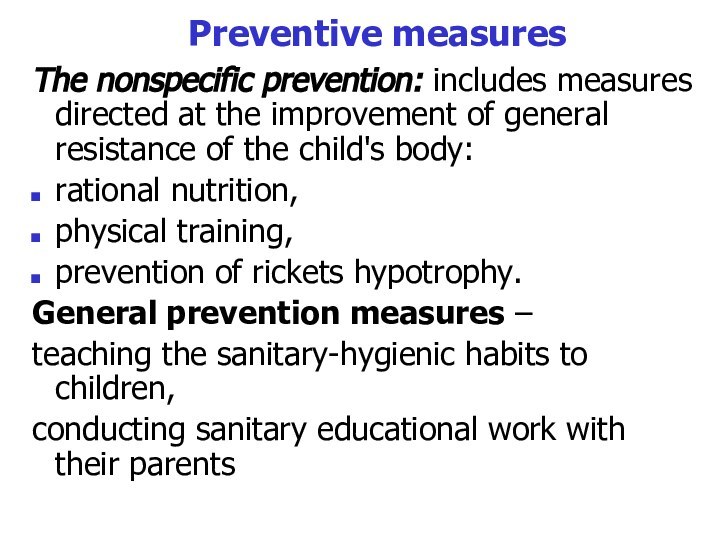
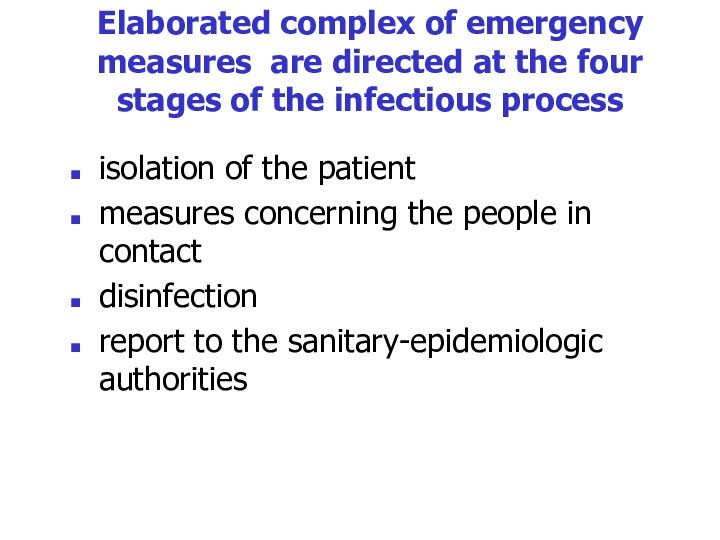
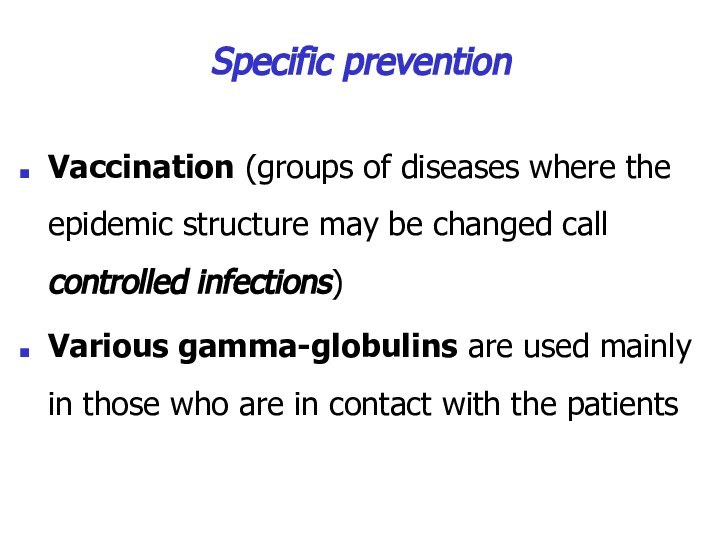
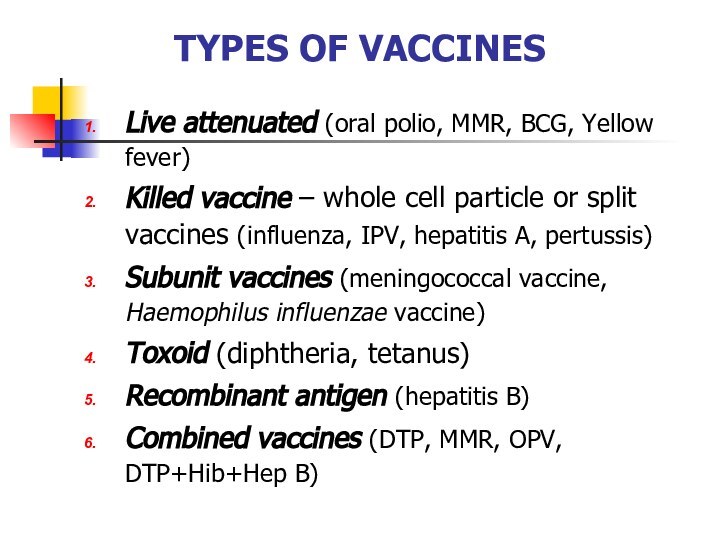
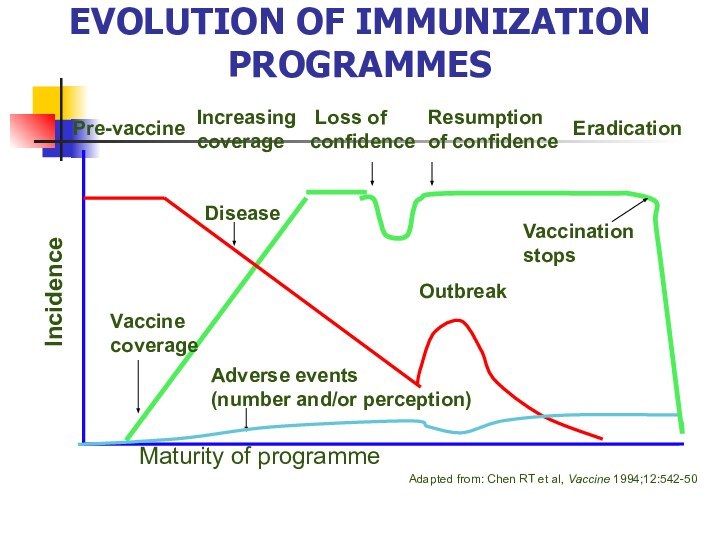
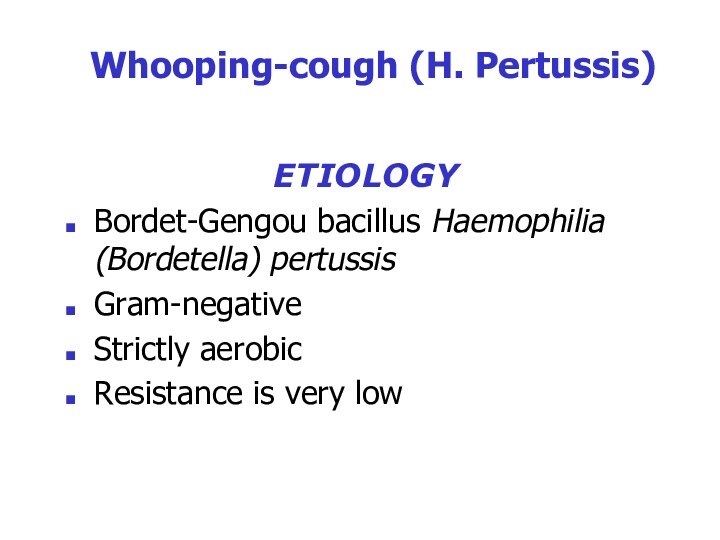
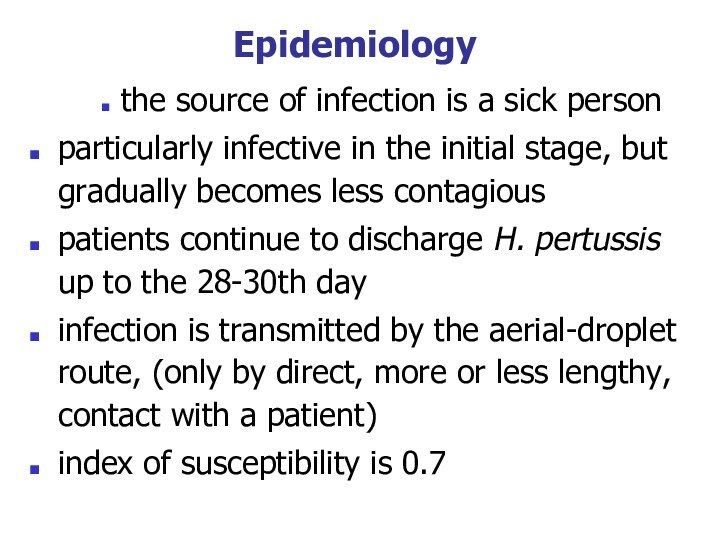
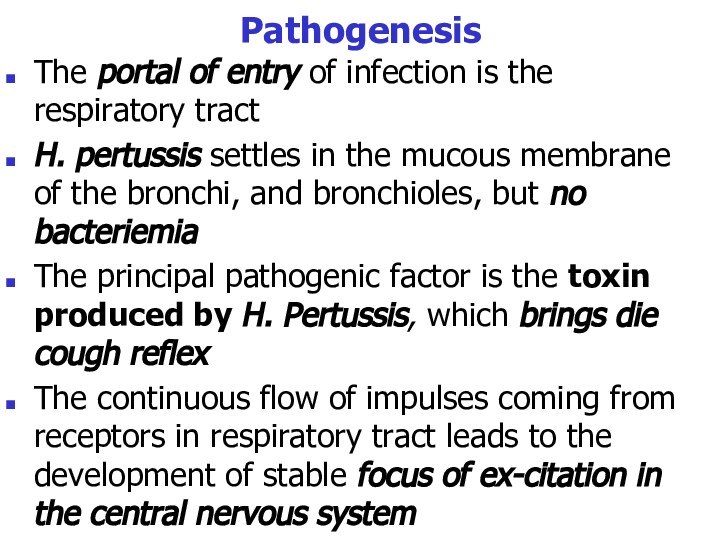
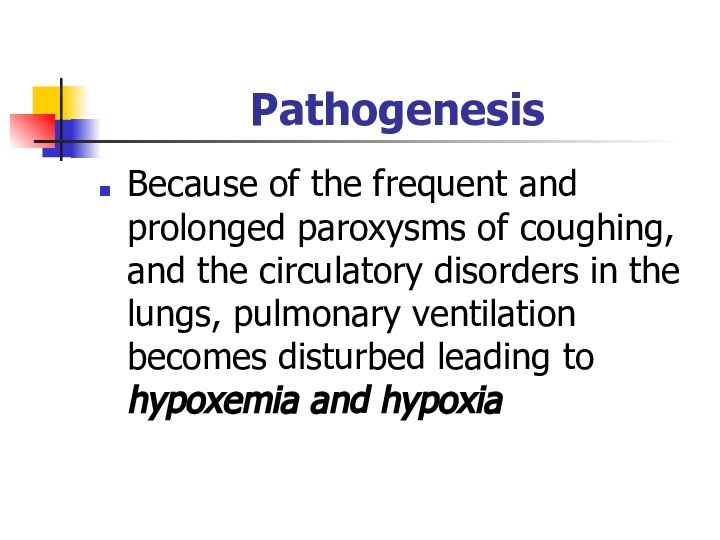
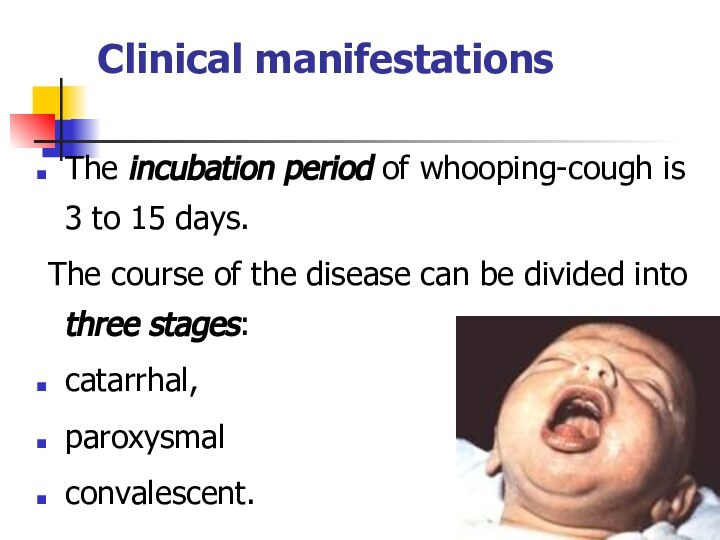
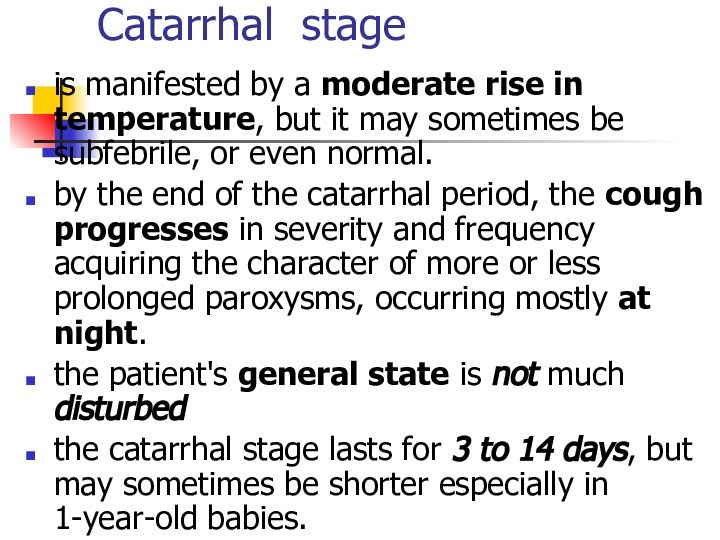
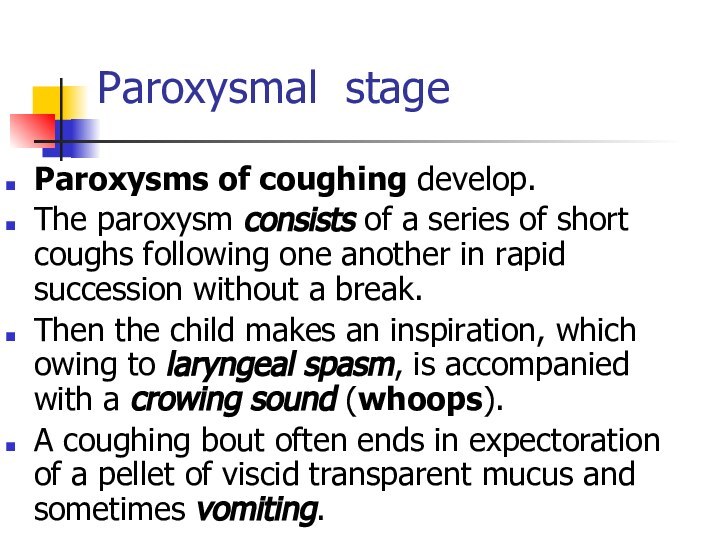
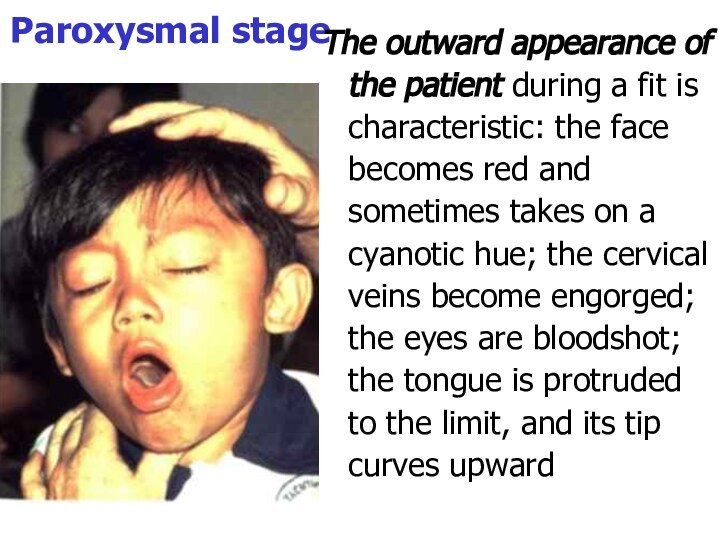
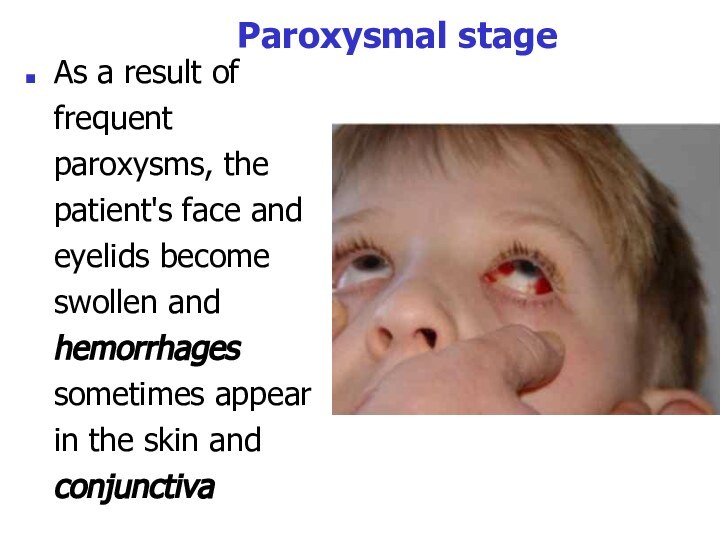
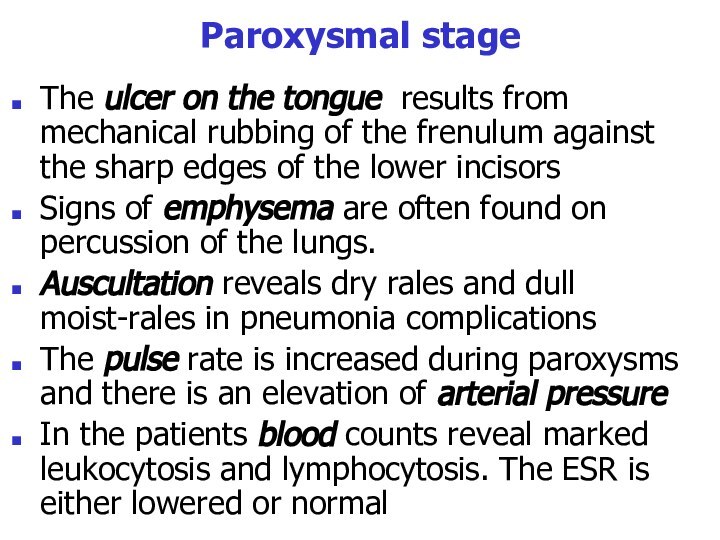
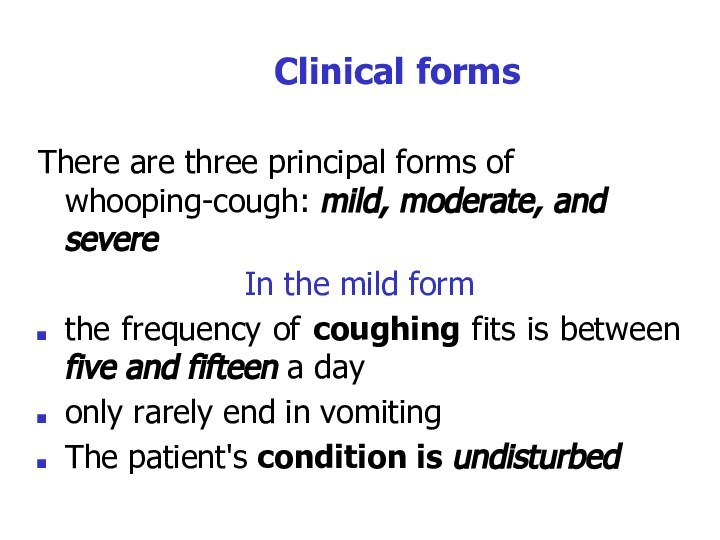
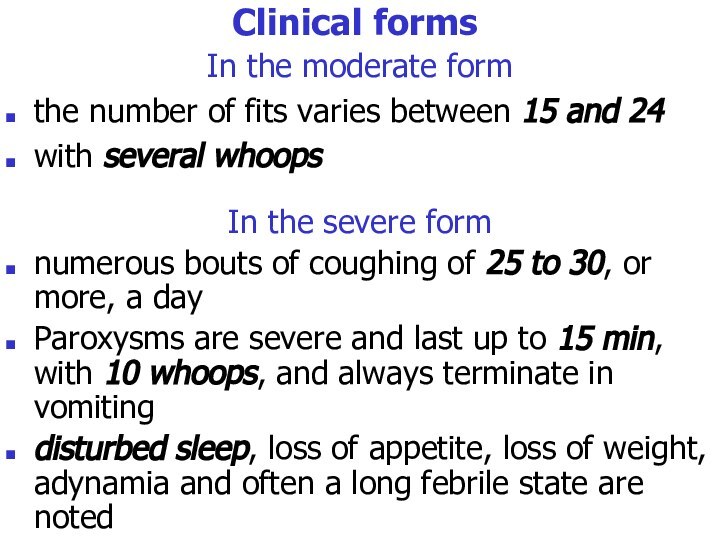
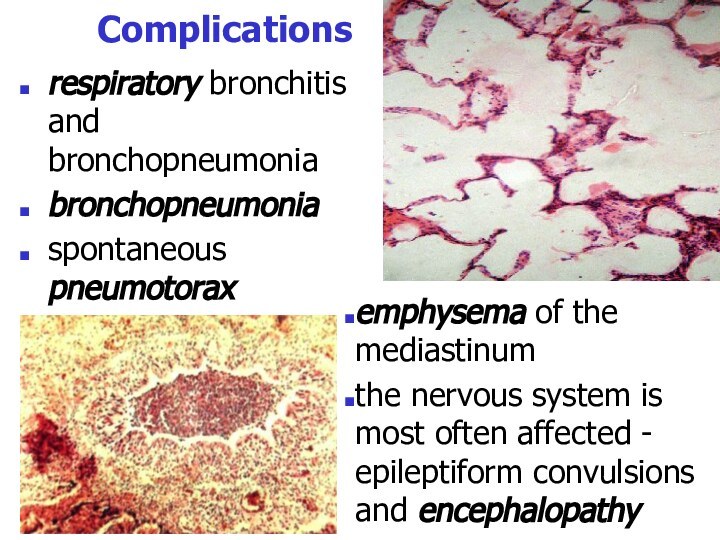

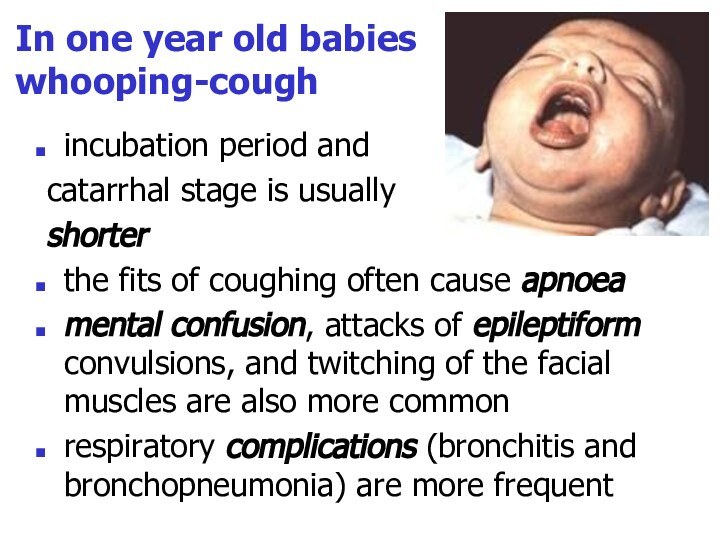

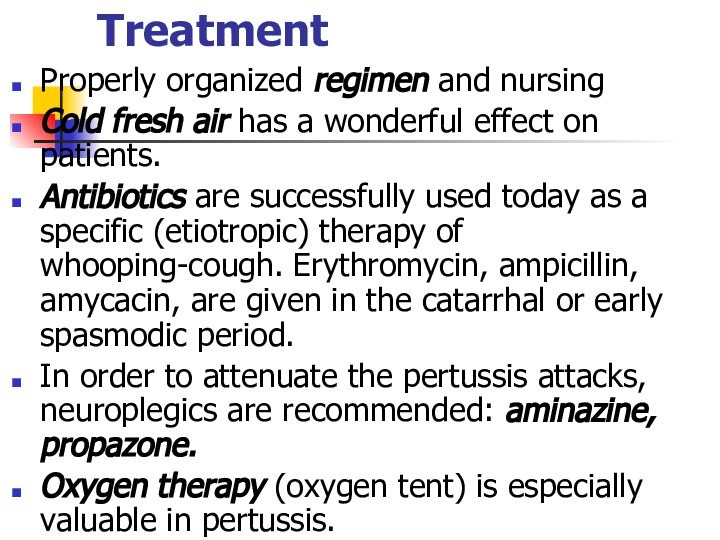

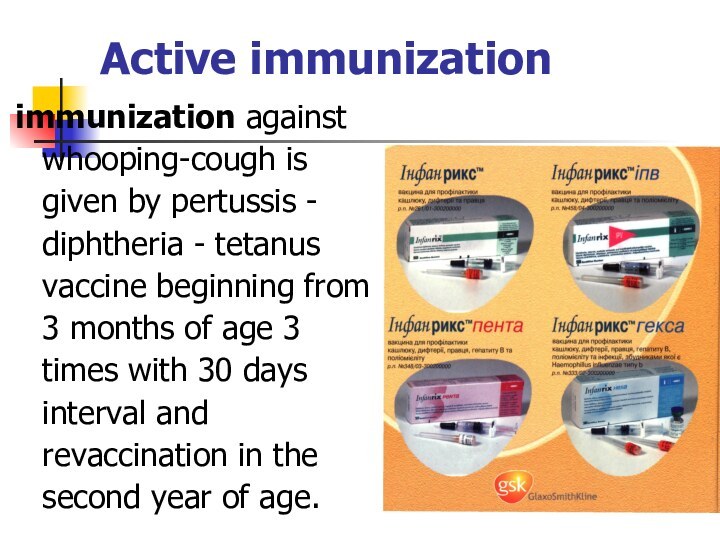
Слайд 2
Infectious diseases
Are a group of diseases, which
are caused by bacteria, viruses, Protozoa, etc
trait for the majority of infectious diseases is the possibility of transmitting them from one infected patient to a healthy person in certain conditions
Слайд 3
In children's pathology
The infectious diseases draw the
main attention
There is a great variety of acute
respiratory viral infections and their numerous complications
Слайд 4
Common clinical peculiarities of modern infectious diseases
less
severe clinical manifestations
rarity or decrease of malignant forms
(dysentery, scarlet fever, etc) more frequent cases of mild forms
growth of the amount of atypical forms (scarlet fever, whooping cough, dysentery, etc)
reduction of complication cases
Слайд 5
Periods of Infectious Disease Course
Clinically, acute epidemic
diseases are characterized by a cyclic course and subsequent
succession of disease periods and their more or less defined duration:incubation (latent)
prodromal
full development
convalescence
Слайд 6
Incubation period
begins from the moment of entry
of the causative agent into the body
ends with
the appearance of the first signs of the disease in each infection, it has a certain duration, which may change depending on the individual peculiarities of body reactivity and on the dose of the infectious agent
Prodromal period
nonspecific signs of the disease characterize it
Period of conval-escence
renewal of normal functions of the body and its homeostasis
Слайд 7
The period of full development
maximally marked causative agent
activity
this period of the disease is characterized by a
complex of symptoms characteristic for each infectious disease there are typical syndromes as well (such as rash on the skin and mucous membranes, characteristic organ changes, biochemical disorders, etc.)
common signs (fever, development of dystrophic inflammatory processes, intoxication syndrome)
Слайд 8
Clinical forms
The clinical forms of infectious diseases
are numerous
depend on the age,
physical state,
former
diseases, and influence of the environmental factors
Epidemic process consists
source of infection
mode of transmission
susceptibility of the human body
Слайд 9
Sources of infection
patients with clinically marked forms
of infection like
patients with attenuated and atypical forms of
infectious diseasevirus and bacteria carriers
Слайд 10
Mode of transmission
the transmission is by droplet route
(measles, rubella, whooping-cough, scarlet fever, epidemic parotitis)
Слайд 11
Mode of transmission
fecal-oral one (dysentery, salmonellosis, typhoid fever,
paratyphoid A and B types, escherichiosis, viral hepatitis A)
Слайд 12
Mode of transmission
occurs in direct entry of the
causative agent into blood (viral hepatitis B, C, D;
HIV-infection)
Слайд 13
Susceptibility of population
Susceptibility is defined by the
index of susceptibility or contagion that is correlation of
the number of the all people with those in contactSusceptibility to infection determined of Specific immunity:
active immunity is formed after the disease and vaccinations
passive immunity newborn gets his passive immunity from the mother via placenta
Слайд 14
Age peculiarities of immunity formation
1. The younger
is the child, the slower and the less is
the growth of specific antibodies. At first, antibodies of class M are formed. And later (in the 2-3 month) immunoglobulin G are formed.2. Babies have not specific response to bacterial toxins. In the 5th-6th month, there is immunity to antitoxins - physiological hypo-activity.
3. Babies have more developed nonspecific factors of defense: systems of complement, properdins; phagocytosis reaction is completely formed before birth.
4. Only babies have transplacental immunity
Слайд 15
Differentiated peculiarities infectious disease of the babies
Due
to placental immunity babies are unsusceptible to most viral
infectious diseases.The younger is the child, the more frequently deviations from the typical picture of the disease may be observed.
Children of an early age have the course of the infectious diseases of a septic type more often; toxic forms of the disease occur more seldom.
Frequent development of complications (otitis, pneumonia, etc).
The early age is characterized by prolonged and chronic diseases which are especially often observed in the enteric infections
Слайд 16
Preventive measures
The nonspecific prevention: includes measures directed
at the improvement of general resistance of the child's
body:rational nutrition,
physical training,
prevention of rickets hypotrophy.
General prevention measures –
teaching the sanitary-hygienic habits to children,
conducting sanitary educational work with their parents
Слайд 17 Elaborated complex of emergency measures are directed at
the four stages of the infectious process
isolation of
the patient measures concerning the people in contact
disinfection
report to the sanitary-epidemiologic authorities
Слайд 18
Specific prevention
Vaccination (groups of diseases where the
epidemic structure may be changed call controlled infections)
Various gamma-globulins
are used mainly in those who are in contact with the patients
Слайд 19
TYPES OF VACCINES
Live attenuated (oral polio, MMR, BCG,
Yellow fever)
Killed vaccine – whole cell particle or split
vaccines (influenza, IPV, hepatitis A, pertussis)Subunit vaccines (meningococcal vaccine, Haemophilus influenzae vaccine)
Toxoid (diphtheria, tetanus)
Recombinant antigen (hepatitis B)
Combined vaccines (DTP, MMR, OPV, DTP+Hib+Hep B)
Слайд 20
EVOLUTION OF IMMUNIZATION PROGRAMMES
Incidence
Vaccine
coverage
Adverse events
(number and/or perception)
Disease
Outbreak
Vaccination
stops
Maturity
of programme
Adapted from: Chen RT et al, Vaccine 1994;12:542-50
Слайд 21
Whooping-cough (H. Pertussis)
ETIOLOGY
Bordet-Gengou bacillus Haemophilia (Bordetella) pertussis
Gram-negative
Strictly aerobic
Resistance is very low
Слайд 22
Epidemiology
the source of infection is a sick
person
particularly infective in the initial stage, but gradually
becomes less contagious patients continue to discharge H. pertussis up to the 28-30th day
infection is transmitted by the aerial-droplet route, (only by direct, more or less lengthy, contact with a patient)
index of susceptibility is 0.7
Слайд 23
Pathogenesis
The portal of entry of infection is
the respiratory tract
H. pertussis settles in the mucous
membrane of the bronchi, and bronchioles, but no bacteriemiaThe principal pathogenic factor is the toxin produced by H. Pertussis, which brings die cough reflex
The continuous flow of impulses coming from receptors in respiratory tract leads to the development of stable focus of ex-citation in the central nervous system
Слайд 24 Because of the frequent and prolonged paroxysms of
coughing, and the circulatory disorders in the lungs, pulmonary
ventilation becomes disturbed leading to hypoxemia and hypoxiaPathogenesis
Слайд 25
Clinical manifestations
The incubation period of whooping-cough is 3
to 15 days.
The course of the disease can
be divided into three stages: catarrhal,
paroxysmal
convalescent.
Слайд 26
Catarrhal stage
is manifested by a moderate rise
in temperature, but it may sometimes be subfebrile, or
even normal.by the end of the catarrhal period, the cough progresses in severity and frequency acquiring the character of more or less prolonged paroxysms, occurring mostly at night.
the patient's general state is not much disturbed
the catarrhal stage lasts for 3 to 14 days, but may sometimes be shorter especially in 1-year-old babies.
Слайд 27
Paroxysmal stage
Paroxysms of coughing develop.
The paroxysm
consists of a series of short coughs following one
another in rapid succession without a break.Then the child makes an inspiration, which owing to laryngeal spasm, is accompanied with a crowing sound (whoops).
A coughing bout often ends in expectoration of a pellet of viscid transparent mucus and sometimes vomiting.
Слайд 28
Paroxysmal stage
The outward appearance of the patient during
a fit is characteristic: the face becomes red and
sometimes takes on a cyanotic hue; the cervical veins become engorged; the eyes are bloodshot; the tongue is protruded to the limit, and its tip curves upward
Слайд 29
Paroxysmal stage
As a result of frequent paroxysms, the
patient's face and eyelids become swollen and hemorrhages sometimes
appear in the skin and conjunctivaСлайд 30 The ulcer on the tongue results from mechanical
rubbing of the frenulum against the sharp edges of
the lower incisorsSigns of emphysema are often found on percussion of the lungs.
Auscultation reveals dry rаles and dull moist-rales in pneumonia complications
The pulse rate is increased during paroxysms and there is an elevation of arterial pressure
In the patients blood counts reveal marked leukocytosis and lymphocytosis. The ESR is either lowered or normal
Paroxysmal stage
Слайд 31
Clinical forms
There are three principal forms of
whooping-cough: mild, moderate, and severe
In the mild form
the frequency of coughing fits is between five and fifteen a day
only rarely end in vomiting
The patient's condition is undisturbed
Слайд 32
In the moderate form
the number of fits
varies between 15 and 24
with several whoops
In
the severe form numerous bouts of coughing of 25 to 30, or more, a day
Paroxysms are severe and last up to 15 min, with 10 whoops, and always terminate in vomiting
disturbed sleep, loss of appetite, loss of weight, adynamia and often a long febrile state are noted
Clinical forms
Слайд 33
Complications
respiratory bronchitis and bronchopneumonia
bronchopneumonia
spontaneous pneumotorax
emphysema of the mediastinum
the nervous system is most
often affected - epileptiform convulsions and encephalopathy
Слайд 35
In one year old babies
whooping-cough
incubation period
and
catarrhal stage is usually
shorter
the
fits of coughing often cause apnoea mental confusion, attacks of epileptiform convulsions, and twitching of the facial muscles are also more common
respiratory complications (bronchitis and bronchopneumonia) are more frequent
Слайд 36
Diagnosis
clinical course
cyclic character, paroxysmal bouts of
coughing with whoops, ending with vomiting, typical appearance of
the patienthematological shifts
results of X-ray examination of the chest
analysis of the epidemiological situation
Bacteriological tests
Agglutination and complement
Слайд 37
Treatment
Properly organized regimen and nursing
Cold fresh air
has a wonderful effect on patients.
Antibiotics are successfully
used today as a specific (etiotropic) therapy of whooping-cough. Erythromycin, ampicillin, amycacin, are given in the catarrhal or early spasmodic period.In order to attenuate the pertussis attacks, neuroplegics are recommended: aminazine, propazone.
Oxygen therapy (oxygen tent) is especially valuable in pertussis.
Слайд 38
Prophylaxis
Measures to be taken in an epidemic focus
The patient is usually left at home and put
in a separate room or behind a screen. Hospitalization
in severe and complicated forms of whooping-cough,
particularly in children under two years of age,
children from families living in poor conditions,
and from families where there are babies under six months of age.
patients are isolated for 30 days from the onset of the disease
